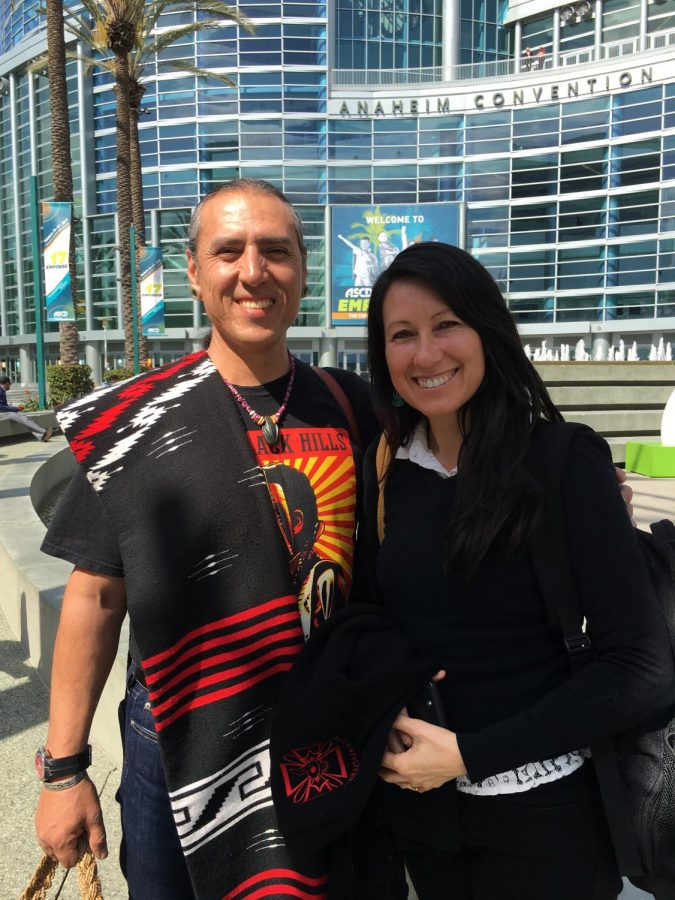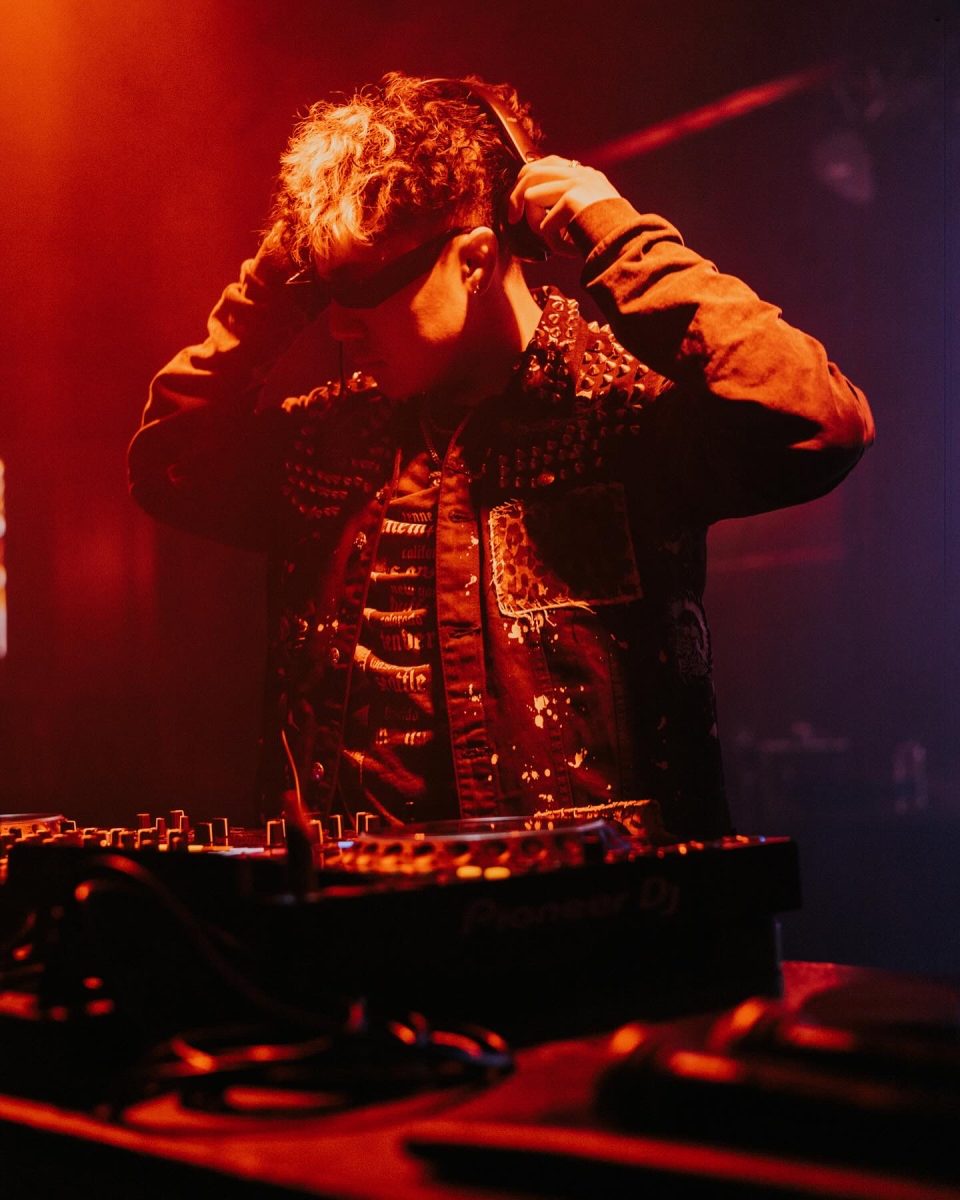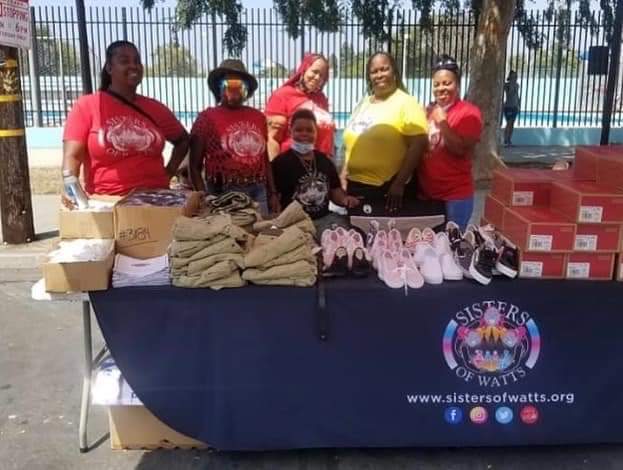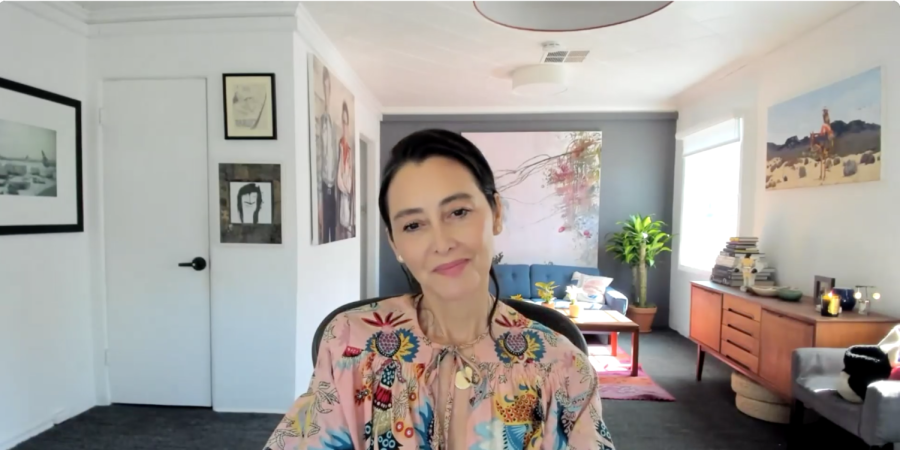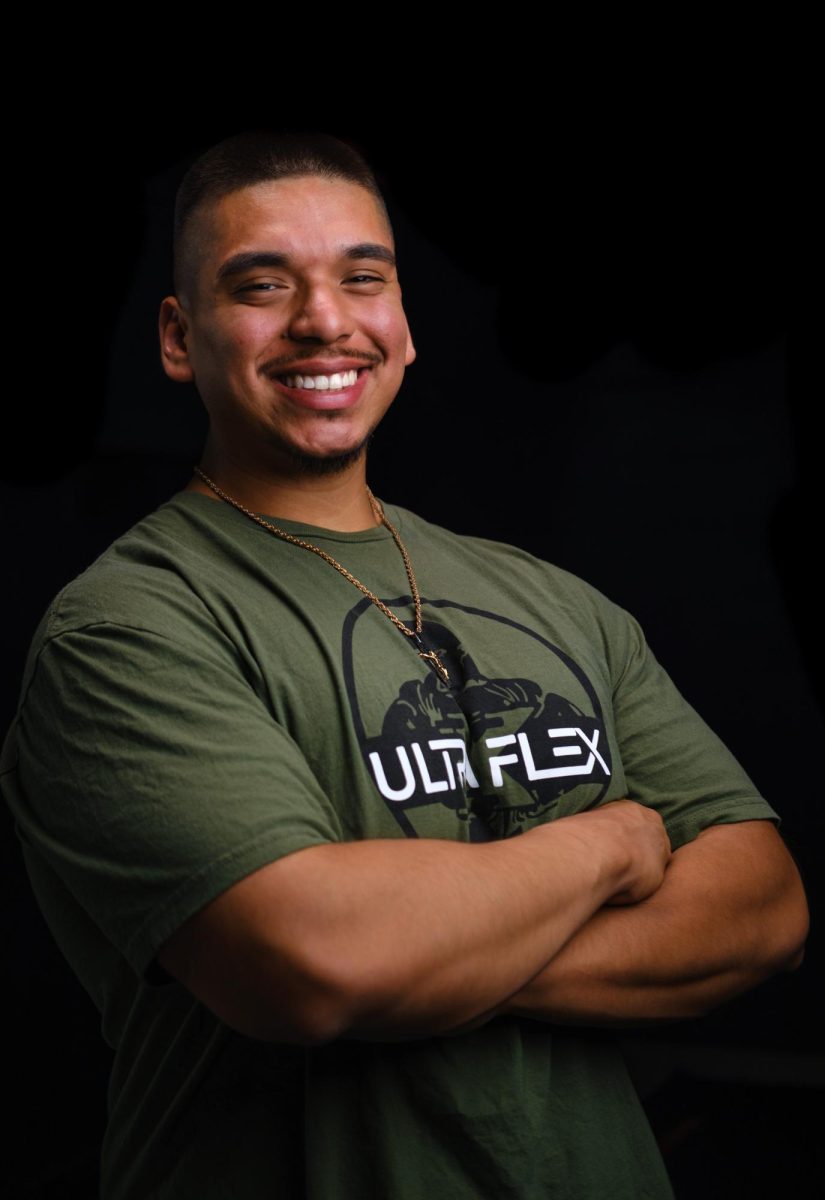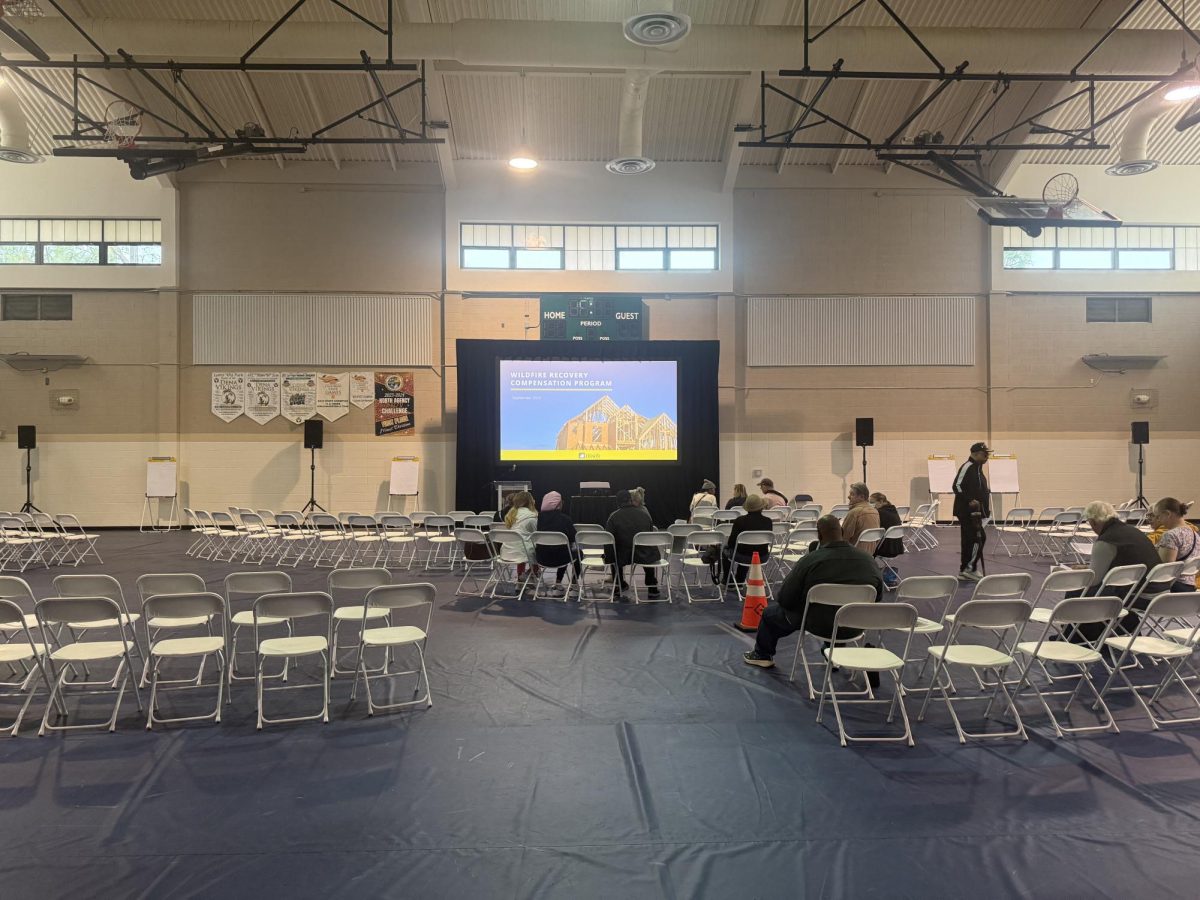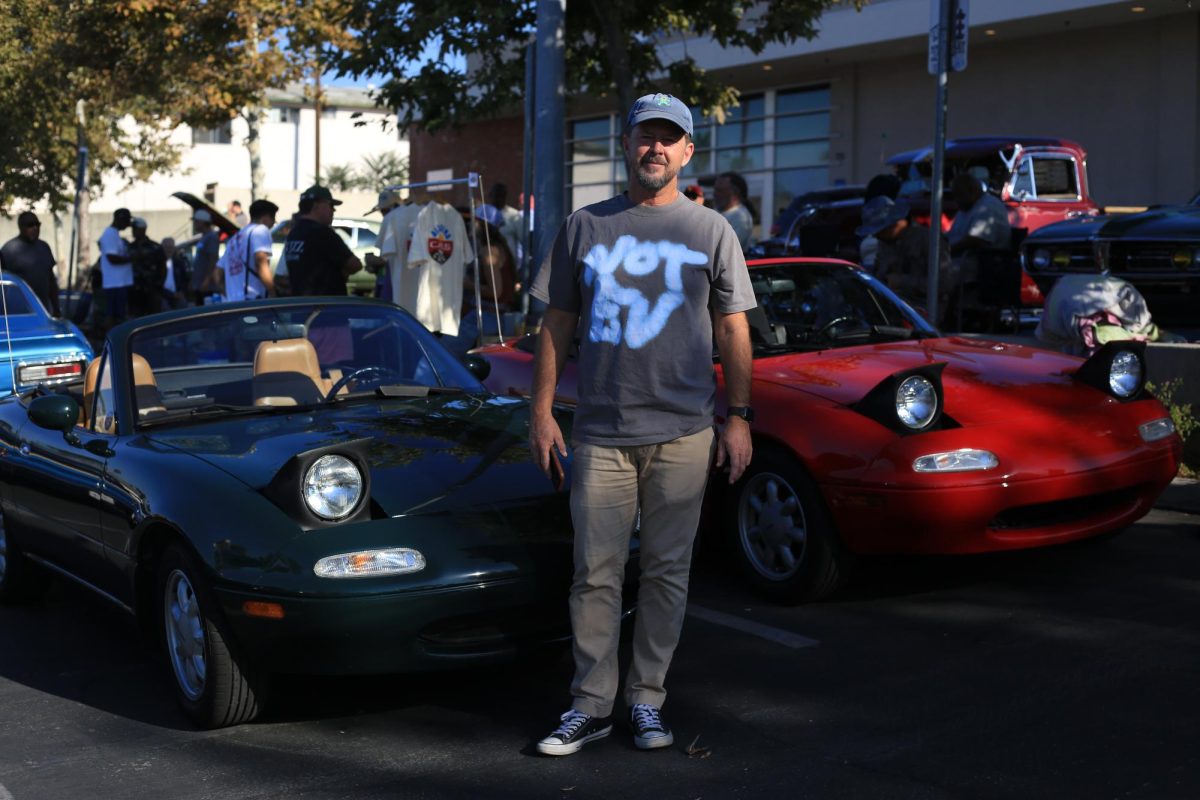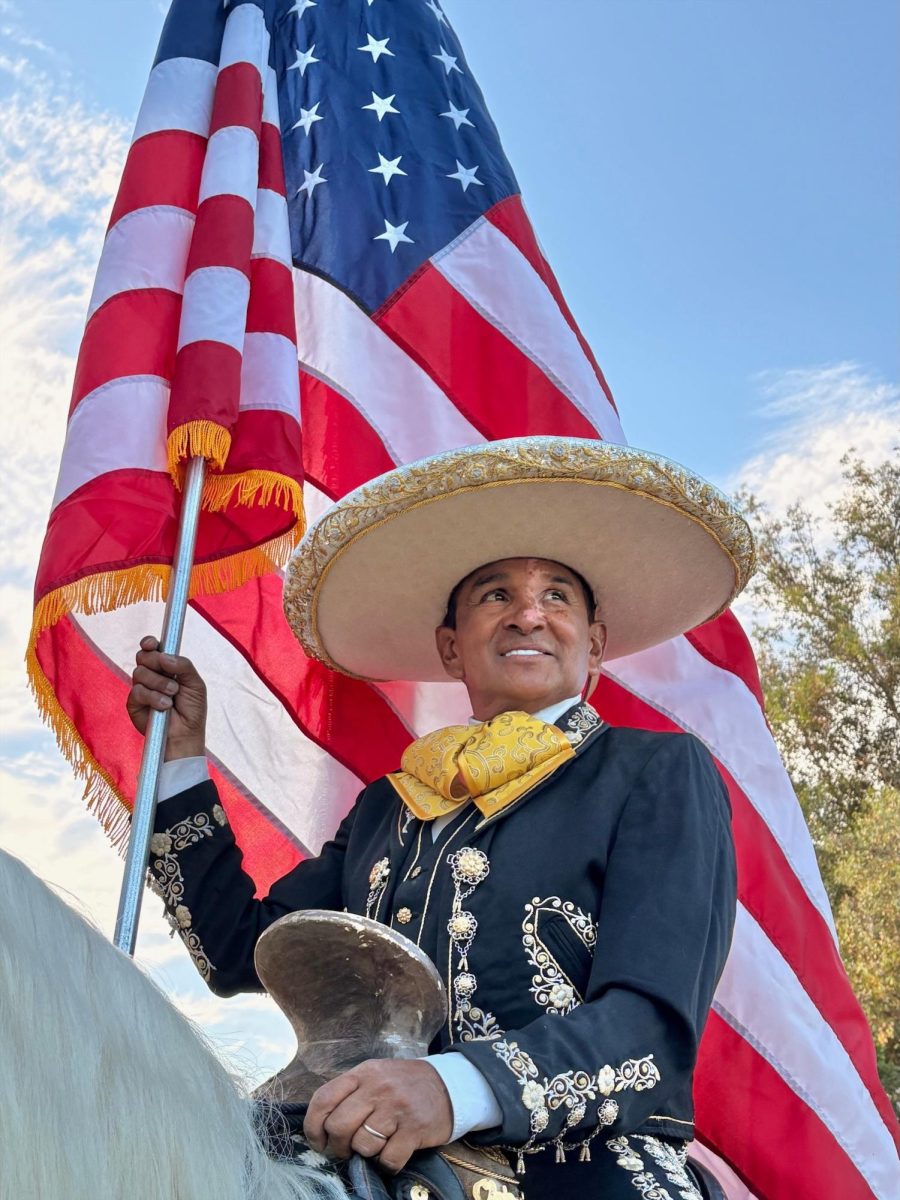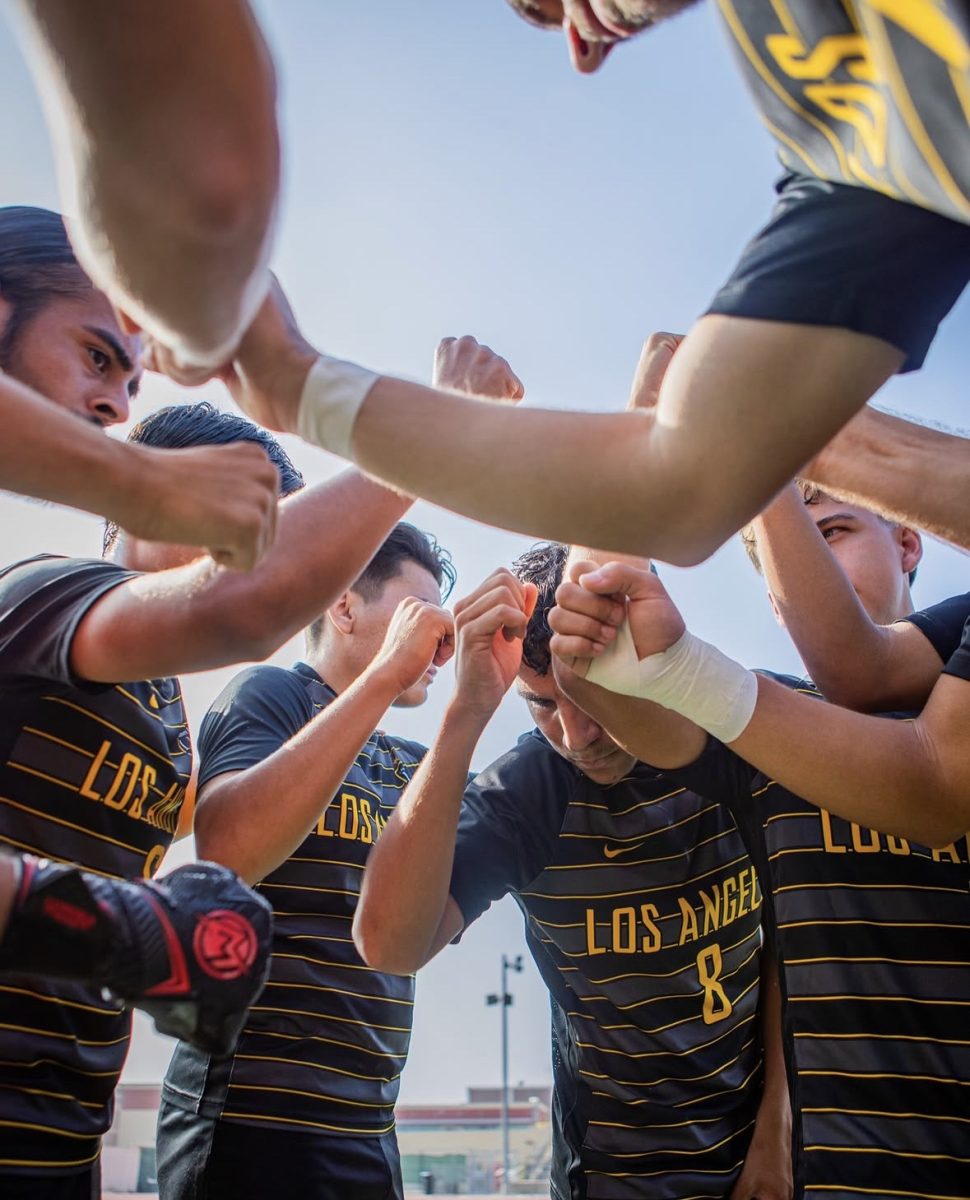When husband-and-wife team Marcos Aguilar and Minnie Ferguson wanted to start a charter school centered on their culture and taught partly in Nahuatl, a native language of the Aztecs, they realized they would need to go straight to the source, Mexico.
They recruited teachers in Mexico with credentials equivalent to a bachelor’s degree and who were willing to leave their hometown to teach in the United States. In addition, they had to get visas for the teachers, train them and help them obtain additional teaching credentials.
They said they encountered a series of obstacles along the way, from anti-bilingual education laws to accusations that the school had a communist agenda. Their school, Anahuacalmecac International University Preparatory of North America, still struggles financially.
To this day, Aguliar and Ferguson do not have a principal’s office because their priority is to give the students the needed resources first.
“The furniture, the priority is whatever can go to the students first,” said Ferguson.
Reflecting after almost 20 years
Still, as they approach the school’s 20-year anniversary, they can see some of the fruits of their labor. The school now has about 50 staff members, 276 students enrolled and 153 alumni. Some alumni have gone on to do good work in the community and others who have received advanced degrees, including one with a masters and PhD from the University of Southern California, according to Aguilar, executive director of the charter school. They added a high school years ago.
Aguilar said the school’s story starts with his own education near the Mexican border. He was born in Mexicali, Baja California, and raised in Calexico until he was 18 years old.
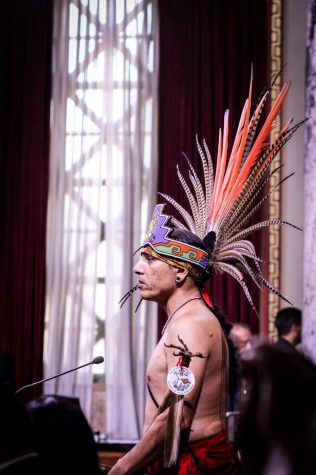
At his own school, he said he was beaten up by students, and once, even by the school principal. In high school, he said he experienced homelessness for a period and struggled to stay in school.
He then came to Los Angeles to pursue his bachelors in Chicana & Chicano Studies from the University of California, Los Angeles. There, it struck him that UCLA didn’t offer American Indian Studies as part of that program, just like most other schools.
As he realized his culture and native languages were not being taught, he decided to do something about that and start a school.
The charter school’s name refers to Anahuac, which reflects the continent of indigenous knowledge. One of the school’s expectations is to be a “wind talker.”
“A ‘wind talker’ makes a reference to the role of language in our schools and the role of how languages are taught and learned in our school,” said Aguilar.
Students at the charter school are all taught in three languages: English, Spanish, and Nahuatl.
After having success with the first elementary charter school in East Los Angeles, parents didn’t want their children to stop learning about the indigenous culture, so Aguilar said they asked for a high school.
The school’s leaders took the challenge and started creating a curriculum that focused on multilingual education.
“Our languages should not be extinct, we have a right to look at life through our lens, and our language provides us the framework,” said Ferguson, the school’s director of education. She teaches, oversees the education program and provides professional development to all staff.
Starting and growing the school

Without teaching credentials in the Nahuatl language and only a handful of books, Ferguson and the other teachers created curricula from scratch incorporating the indigenous language and culture.
There was a lot to be done.
“We needed money to operate, we needed funding, we needed to kind of clarify our purpose, our mission, we needed a facility to operate and we needed to recruit students and convince parents that this is a good option, at a time when legal obstacles existed,” said Aguilar. Some of the legal obstacles Aguilar and his team encountered included anti-affirmative action laws and anti-bilingual education laws.
“We use the autonomy of the charter to be able to defend our language rights as well,” he said.
Until recently, the anti-bilingual education laws only allowed for instruction to be given in a language other than English in certain circumstances.
“We had to have each parent sign the waiver, and educate them, and tell them about the fact that there were other programs, said Ferguson. “They should be supported to learn many languages, and their mother tongue being among one of the most important.”
Finding a place to teach was challenging. The school leaders decided to start giving instruction without a facility of their own.
They opened their doors to South L.A. residents under the trees of a park in an old, abandoned recreation room. Teachers from the Los Angeles school district left their positions to work at the charter school and some parents were inspired to be part of the education field, so they became teachers.
Later, the school borrowed money from a non-profit lender, Raza Development Fund, to buy an abandoned Masonic hall.
Other challenges arose.
“They were calling us communists and that the students were really being organized to be an army against the United States, and that we wanted to basically be seditious,” said Ferguson.
Faced with a shut down over its test scores, the school community successfully argued in 2014 that there were other measures of the school’s solid academic performance.
Aguilar said that continues to be the school’s focus, along with serving its federally recognized American Indian students and other Indigenous students: “Our plan is to really foster an ecosystem across the county of Los Angeles that improves the life experience and the educational experience for Indigenous students.”

